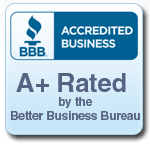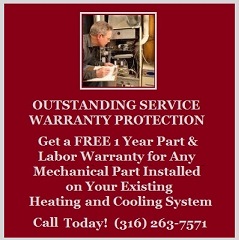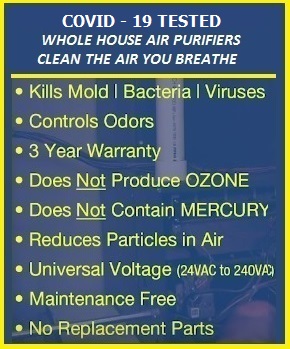Equipment
IT’S TIME. THE SMART INVESTMENT FOR YOUR HOME
If your HAVC system is more than 20 years old, you can substantially reduce
your energy bill by upgrading your system with equipment having a Seasonal
Energy efficiency Rating (SEER) of 13 or higher. The reason? High efficiency
systems being manufactured today use less than energy of a properly sized
and installed standard system manufactured 20 or more years ago.
Remember the expression “You can pay me now or pay me later”? With today’s
utility rates and an old inefficient system, spending now to save later just makes
sense to upgrade today.
EQUIPMENT OVERVIEW
GAS FURNACES – Furnaces heat the air by blowing air across the
heating source which gives them the name of “forced air” furnaces.
Furnaces can be located in a basement, crawl space, closet or
attic. They can be units that blow the air up (upflow), normally in a
basement or closet application; blow the air down (downflow),
usually in a closet application where the supply ducts are in floor;
or horizontally (horizontal), usually where the unit is in the crawl space
or attic. Gas furnaces use a metal chimney or “flue” pipe, that goes
up and out the roof. Higher efficiency systems use PVC pipe, either
running up and out the roof or through the side wall of the house.
Gas furnaces are among the most cost effective source of heat
available today, depending on the current cost of fuel.
AIR HANDLERS OR ELECTRIC FURNACES – The Air Handler is the indoor
portion of an air conditioning system or heat pump when a standard
furnace is not being used. The system uses an electric coil to produce
heat, similar to a toaster. It requires a large electrical circuit to the
indoor unit. Electric furnaces or Air handlers are commonly used where
no gas is available, or as a back up source to heat pumps.
EVAPORATOR COIL – The A-Coil, Located at the furnace, is the
secondary component of your cooling system. As indoor air passes
through the indoor or evaporator coil, humidity is removed, which
creates cooler indoor air.
AIR CONDITIONERS – The easiest way to explain how an air conditioner
works is to use evaporation as an example. Hold your hand about six
inches from your mouth and blow on it. Does it feel warm or cool?
Even though the air in your body is warmer than the air around you,
it feels cool when you blow on your hand. This is due to the evaporation
of the moisture on your palm. To simplify things – your indoor unit moves
air across the indoor evaporator coil, and heat is absorbed into the
refrigerant in this coil. The refrigerant is then circulated outside, where
the heat is exhausted with a fan blowing across the outside condenser
coil. An air conditioner doesn’t “add” cool air; it removes heat from
the air.
HEAT PUMPS – From the outside, a heat pump looks just like an
air conditioner, and works just like an air conditioner in the summer
“cooling” mode. During the winter “heating” mode when it needs to
produce heat, it reverses it’s cycle. With a temperature as low as 0
degrees Fahrenheit outside, the outdoor unit “absorbs” heat from the
outside air that passes through the outdoor coil. By pressurizing the
refrigerant with a compressor, it raises the temperature of the
refrigerant to the point it can give off heat as it passes through the
indoor coil. Heat pumps require a “back up” heat source, whether it
be electric or gas. Heat pumps produce almost 3 times more heat
for the money than an electric furnace, and offer an energy-efficient
alternative to conventional systems.
PACKAGE UNITS – Packaged systems can offer both heating and
cooling performance from one product to your home or business.
Available as a Combo Gas Furnace / Air Conditioner package,
Heat Pump package, or Air Conditioner package, these systems
can be used for both Residential & Commercial application.
MIKE’S & SAPPIO’S HEATING & AIR CONDITIONING
HVAC Installation and Repair Wichita, Derby, Andover, KS







